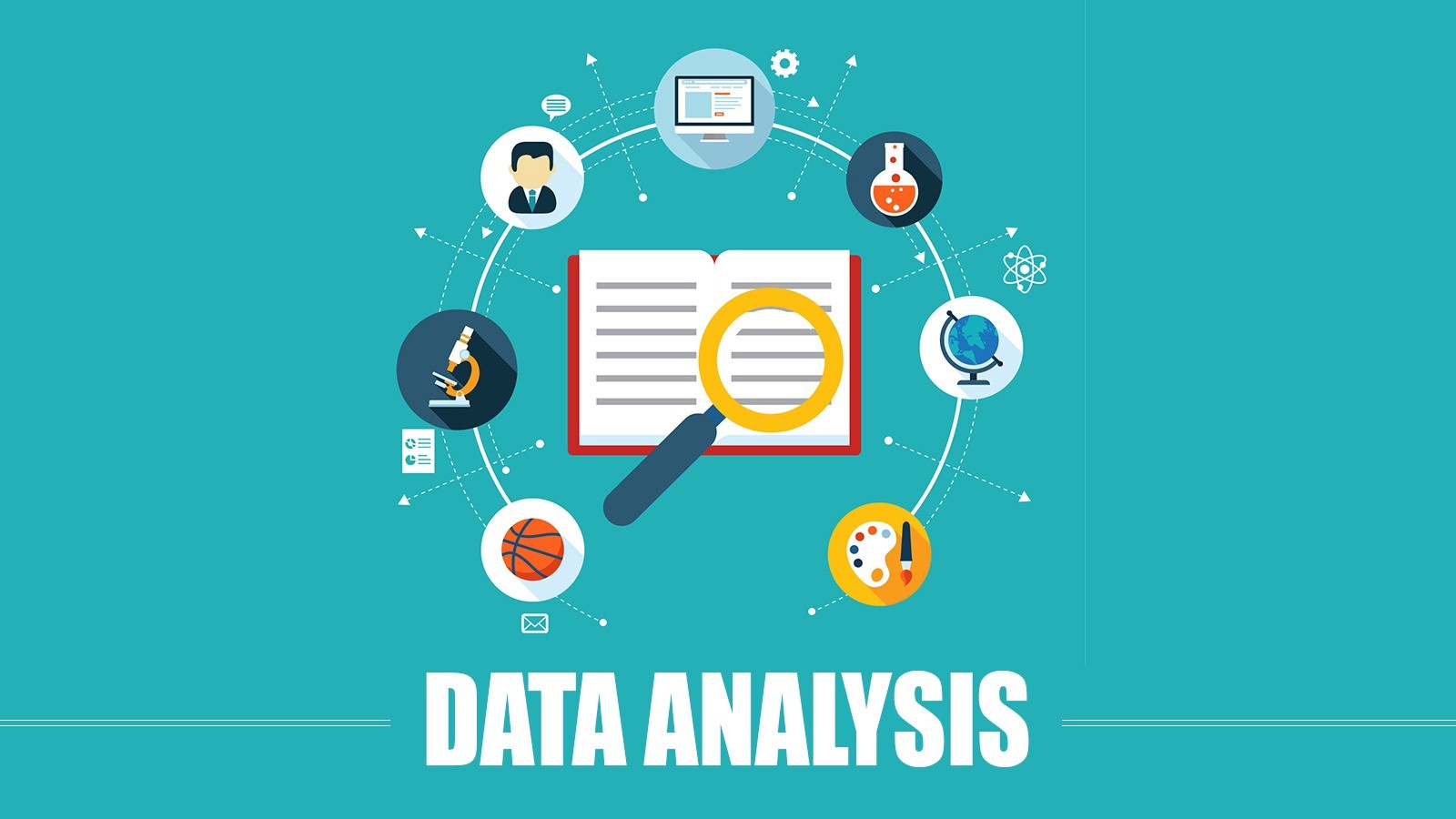Unlocking Insights: The Art of Data Analysis
Unlocking Insights: The Art of Data Analysis
Blog Article

Data analysis is a powerful tool that enables organizations to make informed decisions, identify trends, and gain insights from vast amounts of information. In today's data-driven world, the ability to effectively analyze data has become a crucial skill for professionals across various industries. Whether it is to optimize business operations, improve customer satisfaction, or drive strategic planning, data analysis plays a key role in shaping the success of modern businesses.
By leveraging data analysis techniques, businesses can uncover hidden patterns, correlations, and valuable information that can drive growth and innovation. From analyzing customer behavior to predicting market trends, the art of data analysis empowers organizations to gain a competitive edge in an increasingly complex and dynamic marketplace. In this article, we will explore the importance of data analysis, key techniques used in analyzing data, and how businesses can unlock valuable insights through the art of data analysis.
Types of Data Analysis
Data analysis can be broadly categorized into three main types: descriptive, exploratory, and inferential. Descriptive analysis involves summarizing and organizing data to provide a clear picture of what has happened in the past. Exploratory analysis focuses on uncovering patterns and relationships within the data that may not have been previously known. Inferential analysis, on the other hand, utilizes statistical methods to draw conclusions and make predictions based on the data at hand. Each type plays a crucial role in understanding and interpreting the information contained in datasets.
Descriptive analysis often serves as the foundation for further data exploration. By utilizing techniques such as central tendency measures, frequency distributions, and graphical representations, analysts can gain a better understanding of the overall characteristics and trends present in the data. This type of analysis is particularly useful for summarizing large volumes of data in a concise and meaningful manner.
Exploratory analysis delves deeper into the data to uncover hidden patterns and relationships. Through techniques such as data visualization, clustering, and dimensionality reduction, analysts can identify insights that may have been overlooked initially. Exploratory analysis is crucial for generating hypotheses and guiding further investigation into specific aspects of the data.
Tools for Data Analysis
When it comes to data analysis, having the right tools is essential. One of the most widely used tools in the field is Microsoft Excel. Excel provides users with a range of functions and features that make analyzing data a breeze.
Another popular tool among data analysts is Python. Python's versatility and extensive libraries make it a favorite choice for handling large datasets and performing complex statistical analysis.
In recent years, data visualization tools like Tableau and Power BI have gained popularity for their ability to create interactive and insightful visual representations of data, allowing analysts to uncover patterns and trends more effectively.
Data analysis
Interpreting Data
When it comes to data analysis, interpreting the findings is a crucial aspect of the process. It involves delving into the numbers and statistics to uncover meaningful insights that can drive informed decision-making. By carefully examining the patterns and relationships within the data, analysts can uncover valuable information that may not be immediately apparent.
One key aspect of interpreting data is understanding the context in which the data was collected. By considering the background information and the specific objectives of the analysis, analysts can better interpret the results and draw accurate conclusions. Context plays a vital role in ensuring that the insights derived from the data are relevant and applicable to the overall goal of the analysis.
In addition to understanding the context, data analysts must also be adept at spotting trends and outliers within the data. Identifying trends can help organizations anticipate future patterns and make proactive decisions, while pinpointing outliers can reveal anomalies that may require further investigation. Overall, interpreting data involves a blend of analytical skills, critical thinking, and a keen eye for detail.
Report this page